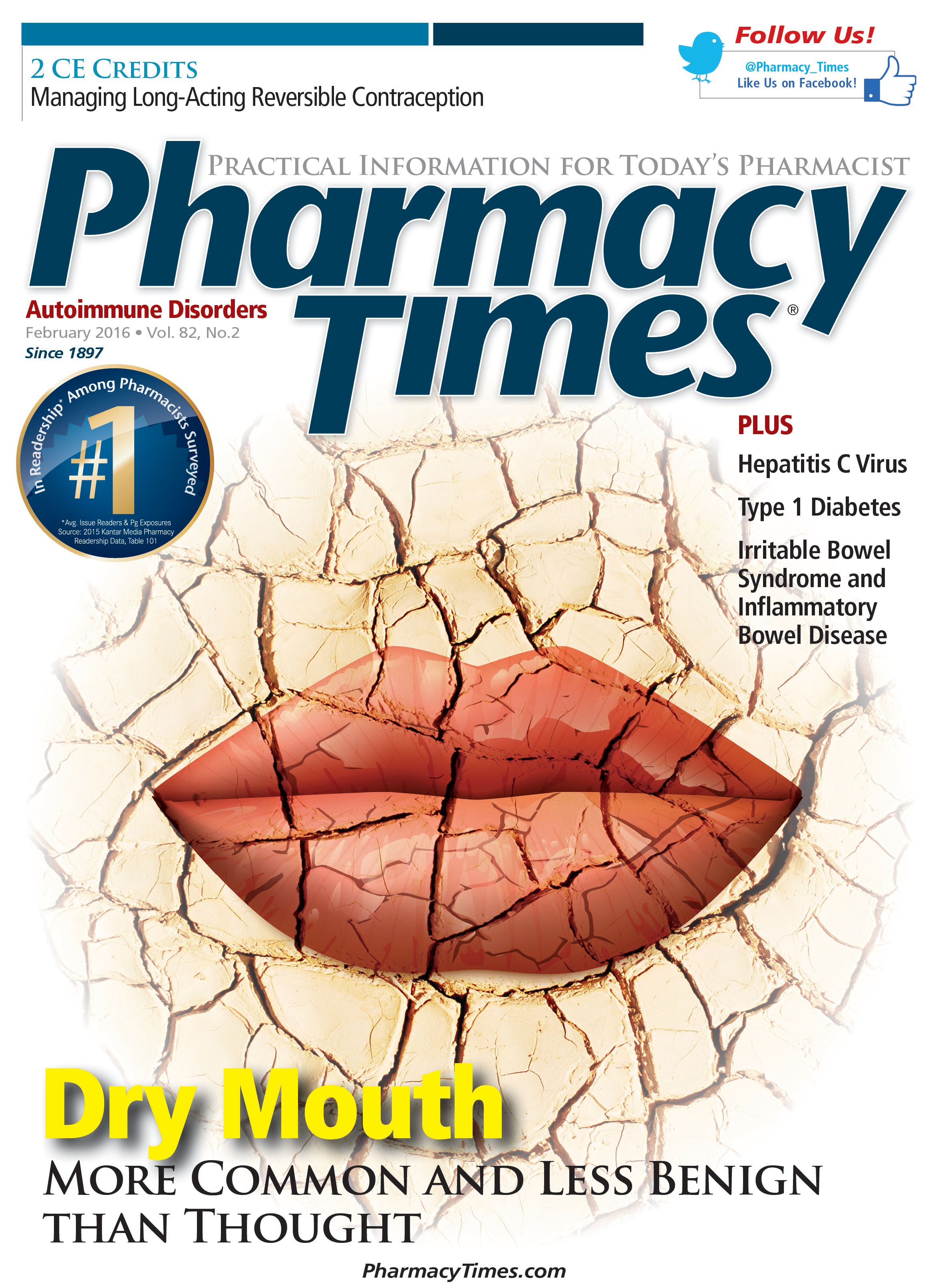Publication
Article
Pharmacy Times
Case Studies (February 2016)
Author(s):
What should these pharmacists do?
CASE 1
NH is a 54-year-old man with type 2 diabetes who comes to the pharmacy reporting that he has had fluctuating glucose readings over the past 3 months, with some readings greater than 200 mg/ dL and others below 70 mg/dL. His most recent glycated hemoglobin level was elevated at 8.0%, in contrast to his previous value of 6.9%. He says he has had consistent meal intake, and has been on the same doses of his prandial and basal insulin during this time period. He keeps a diary of his daily meals and glucose readings, and it is apparent that he performs his blood glucose testing consistently in regard to meals, and at approximately the same times each day. For his diabetes management, he is taking metformin 1000 mg twice a day, insulin glargine 30 U at bedtime, and insulin aspart 10 U 3 times a day (15 minutes before meals). On further questioning, NH reveals he injects his insulin somewhere different with each administration, saying he thought he was “supposed to rotate injection sites.”
As a pharmacist, what suggestions can you offer NH in regard to his insulin injection sites?
CASE 2
KP, a 65-year-old woman, is attending an appointment with her primary care physician who has calculated that she has a 12% 10-year stroke risk due to her hypertension, hyperlipidemia, and cigarette use. Her current medications are lisinopril 20 mg once daily, atorvastatin 40 mg once daily, and a multivitamin once daily. She has no history of dyspepsia or peptic ulcer disease and says she has not been using OTC medications such as nonsteroidal anti-inflammatory drugs. KP’s physician has determined that the benefits of initiating aspirin therapy in KP for primary stroke prevention outweigh the potential risks, so the physician would like to know which dose of aspirin should be used.
As the pharmacist, how should you respond to the physician?
ANSWERS
Case 1:Different sites of injection have different rates of insulin absorption and subsequent effects on glucose levels. Therefore, the American Diabetes Association position statement on insulin administration discourages rotating injections among different sites with each injection. Insulin is absorbed quickest from the abdomen, followed by the arms, thighs, and buttocks. The pharmacist should suggest NH keep his injection site consistent for each type of insulin he is injecting. For example, his prandial insulin (aspart) can be injected into his abdomen, whereas his basal insulin (glargine) can be injected into an area with slower absorption (eg, his thigh). For each type of insulin, the pharmacist can recommend NH rotate injection sites within the general area, with sites separated by 1 inch or more to prevent lipohypertrophy, which could impair insulin absorption. In addition, verify that he is injecting insulin subcutaneously, and inform him that exercising an injection site can increase the rate of insulin absorption.
Case 2:Aspirin use in primary stroke prevention is controversial, and providers must weigh the benefits and risks for each patient. Per the 2009 United States Preventative Services Task Force (USPSTF) recommendations, aspirin therapy would prevent 20 strokes, but cause 12 gastrointestinal bleeds per 1000 women of KP’s age. For primary prevention, the USPSTF recommendations state that aspirin doses of approximately 75 mg daily are as effective as higher doses, whereas the American Heart Association/American Stroke Association guidelines endorse a dose of 81 mg day. The risk of gastrointestinal bleeding increases with aspirin dose, so the pharmacist might suggest a dose of 81 mg daily for KP. Given KP’s age and smoking history, the pharmacist might also recommend the concomitant use of a protonpump inhibitor to reduce gastric ulceration and bleeds.
Mr. Unachukwu is a PharmD candidate at the University of Connecticut School of Pharmacy, Storrs, Connecticut. Dr. Nguyen is a post-PharmD outcomes research fellow at Hartford Hospital, Hartford, Connecticut. Dr. Coleman is professor of pharmacy practice at the University of Connecticut School of Pharmacy, Storrs, Connecticut.
function showAnswer() {document.getElementById("answer").style.display = 'block';document.getElementById("link").style.display = 'none';}







